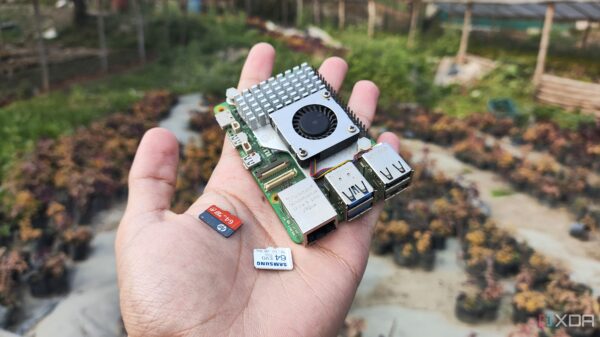The European Space Agency (ESA) is set to embark on a groundbreaking mission that will provide humanity with its first comprehensive understanding of how Earth responds to radiation from the Sun. This initiative, scheduled to launch in 2024, aims to enhance the scientific community’s understanding of solar activity and its impact on our planet.
The mission will deploy advanced instruments designed to collect data on solar radiation, which plays a crucial role in influencing Earth’s climate and weather patterns. By analyzing these interactions, scientists hope to gain insights into the mechanisms that drive solar storms and their potential effects on technological systems, such as satellites and power grids.
Significance of the Mission
This project marks a pivotal moment in space exploration, as it seeks to fill critical gaps in our knowledge. The data gathered will help researchers assess the implications of solar radiation on Earth’s atmosphere. In turn, this understanding could lead to improved forecasting of geomagnetic storms, which can disrupt satellite communications and pose risks to astronauts.
ESA officials emphasize the mission’s importance, stating that a clearer picture of solar interactions is vital for safeguarding both human life and technological infrastructure. The findings from this mission could also contribute to climate models, offering a more nuanced perspective on how solar activity influences global warming trends.
The ESA has invested significant resources into this initiative, collaborating with various international partners to ensure its success. This joint effort highlights the global commitment to advancing space science and enhancing our understanding of the cosmos.
The Road Ahead
As preparations continue for the launch, scientists and engineers are meticulously testing the instruments that will be sent into space. This phase is crucial, as the mission’s success hinges on the reliability of the technology designed to monitor solar radiation effectively.
The launch is expected to take place from one of ESA’s premier launch sites, adding another layer of excitement to an already ambitious undertaking. As the countdown begins, anticipation grows within the scientific community and beyond, with many eagerly awaiting the wealth of information that this mission promises to deliver.
The implications of this mission extend beyond academic curiosity. Understanding how solar radiation affects Earth can lead to practical solutions for mitigating risks associated with solar storms. As this project unfolds, it will undoubtedly pave the way for future research and exploration, reinforcing humanity’s quest for knowledge about our solar system and its impact on our world.








































































